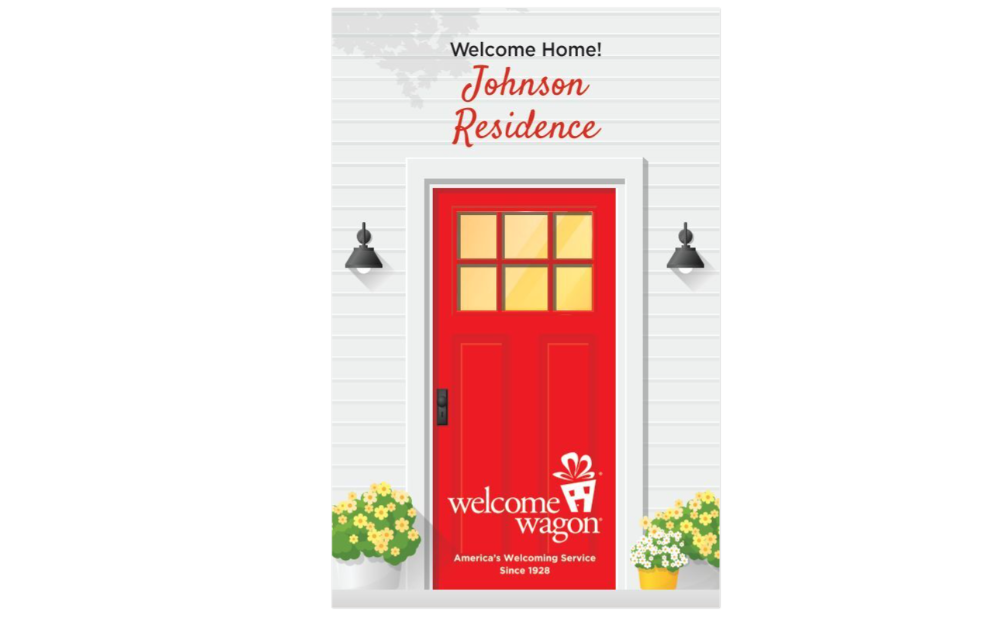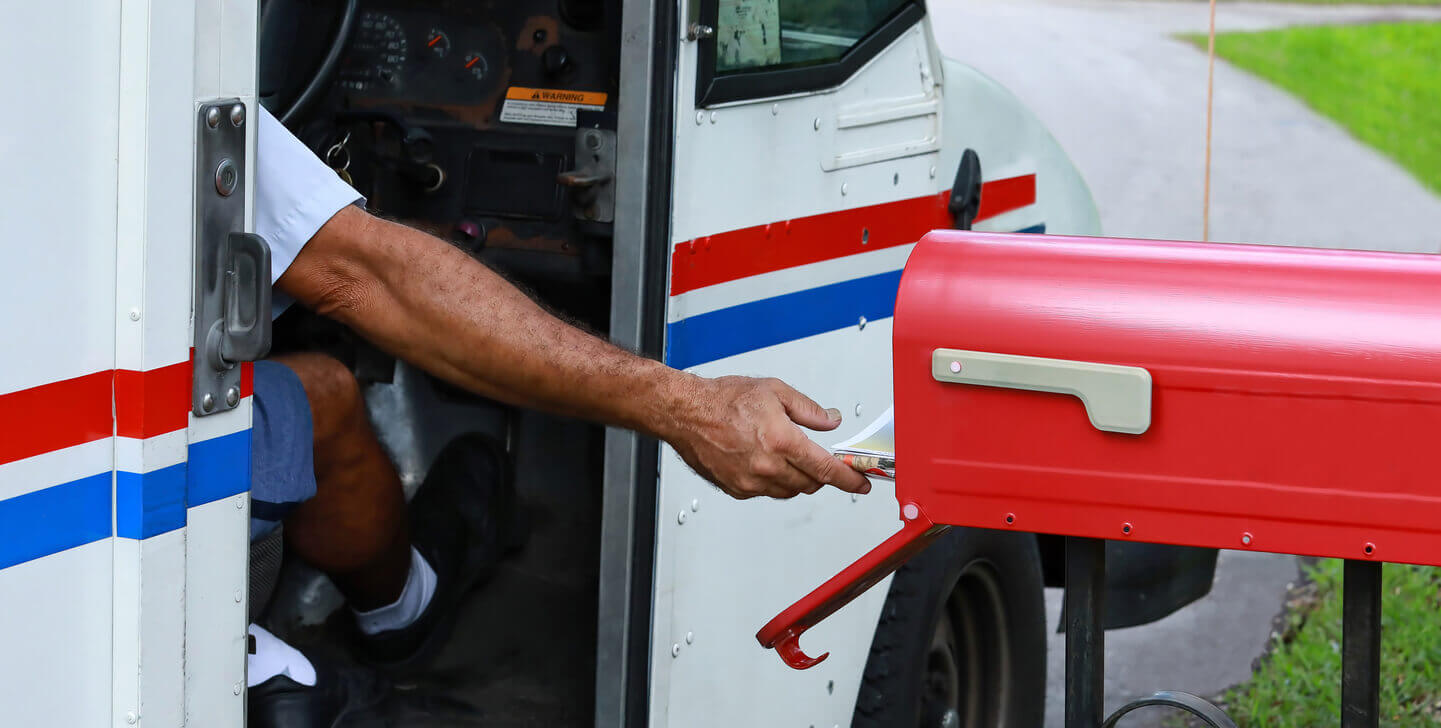Despite so many digital channels available today (or maybe in spite of it), direct mail remains a powerful channel to reach consumers.
While technology has opened up numerous channels for communication, direct mail truly stands out as a tangible and impactful way to connect with customers on a personal level. Its ability to engage the senses and leave a lasting impression makes it an ideal way for businesses seeking to stand out in a crowded marketplace.
According to the Lob 2024 Direct Mail report, 84% of marketers agree direct mail provides the highest ROI of any channel they use.
Additionally, 82% of respondents are increasing direct mail spend in 2024 – a staggering increase from 58% in 2023. A favorable economy has created a more optimistic business environment, resulting in increased investment in marketing to gain a competitive edge and expand market share.
3 Direct Mail Marketing Tips and Strategies
Here are three tips and strategies to help you elevate your direct mail marketing campaigns.
1. Personalization

Personalization lies at the heart of successful direct mail campaigns. In fact, personalized direct mail campaigns yield a 135% increase in response rates over non-personalized campaigns. Additionally, according to a Direct Mail Advertising Global Market Report, 70 percent of consumers say direct mail is more personal than online interactions.
Tips for Personalizing Your Direct Mail
Leverage customer data to craft personalized messages that resonate with recipients on a deeper level. Address them by their names, reference past purchases, and tailor offers based on their preferences.
Examples of personalized direct mail include:
Personalized Offers
Customize the offers and promotions in your direct mail based on the recipient’s past purchases or browsing history. For instance, if a customer recently bought a smartphone, you can send them a mailer with personalized discounts on phone accessories or related gadgets.
Dynamic Content
Use variable data printing to create direct mail pieces that adapt their content based on the recipient’s profile. For example, an insurance company could send a mailer featuring different coverage options depending on the recipient’s location, age, and family size.
Triggered Mailers
Send direct mail triggered by specific actions or events, such as birthdays, anniversaries, or the anniversary of a customer’s first purchase. Personalized birthday cards or anniversary offers make the recipient feel valued and enhance brand loyalty.
Geographic Personalization
Tailor your direct mail based on the recipient’s location. This could involve showcasing store locations or events happening nearby or including relevant local information. For example, a restaurant chain could send mailers with different offers based on the recipient’s nearest location.
2. Multi-Channel Integration

Direct mail works best when combined with digital marketing channels. According to the USPS, 64% of recipients visit a website after receiving direct mail. Integrate direct mail with your digital marketing efforts by including QR codes, personalized URLs (PURLs), or scannable coupons.
Consider the following example of how a health and wellness brand may integrate direct mail with its digital and email channels.
Health & Wellness Retailer
A health and wellness brand wants to launch a new line of products targeted at its existing customers. They decide to kick off their campaign with a direct mail piece. Using customer data, they segment their audience based on past purchases and preferences. They create personalized direct mailers that showcase product recommendations tailored to each segment’s specific health goals and interests. The direct mail piece includes a PURL that leads recipients to a landing page where they can learn more about the new products and place orders.
Email Nurturing
Following the direct mail campaign, the health and wellness brand launches an email nurturing campaign to further engage the recipients and drive conversions. They set up an email series to be sent to those who visited the PURL but did not complete a purchase. The email thanks recipients for their interest and offers additional information about the product line and highlights customer reviews and success stories.
The subsequent emails in the series offer exclusive limited-time discounts and promotions to incentivize recipients to make a purchase. The brand also includes links to relevant articles or videos that provide valuable information related to the new product line. The emails aim to keep the brand top-of-mind, build trust, and answer any potential questions or concerns recipients might have.
Segmented Follow-Ups
For those who did complete a purchase through the PURL, the brand initiates a separate email campaign to express gratitude for their purchase and offer additional product recommendations based on their recent purchase history. This follow-up email series is personalized to create a sense of loyalty and encourage repeat purchases.
3. Targeted Segmentation

Segmentation is the key to relevance and engagement. Utilize customer data to segment your audience based on demographics, past behavior, and preferences. Tailor your direct mail pieces to address the specific needs and interests of each segment, increasing the likelihood of a positive response.
Location-Based Segmentation
Segmenting your audience by location allows you to cater to regional preferences and offer localized promotions. A restaurant chain with multiple locations can create segments for different cities or neighborhoods. They can send direct mailers with specific offers and discounts for each location, enticing recipients to visit the nearest branch.
Family Size-Based Segmentation
Dividing your audience by family size allows you to personalize offers based on household needs. A grocery store can create segments for small families, large families, and empty nesters. They can send direct mailers with family-sized meal deals and bulk purchase offers to large families, while the empty nesters receive promotions for smaller portion sizes and ready-to-eat meals.
Frequency-Based Segmentation
Segmenting your audience based on the frequency of their interactions with your brand allows you to adapt your messaging accordingly. A restaurant can create segments for regular diners, occasional visitors, and those who haven’t visited in a long time. They can send direct mailers with exclusive loyalty rewards for their frequent diners and special promotions to entice occasional visitors to return.
As with any marketing campaign, measuring and analyzing the results of your direct mail efforts are essential for continuous improvement. Use unique tracking codes, coupon codes, or PURLs to monitor response rates accurately. Analyze the data to understand which aspects of your campaign were most effective and identify areas for improvement.
Conclusion
Direct mail’s unique ability to engage on a personal level sets it apart in the digital era. Embrace direct mail marketing as a complementary component to your digital efforts, and watch your marketing endeavors flourish with tangible and impressive results.





